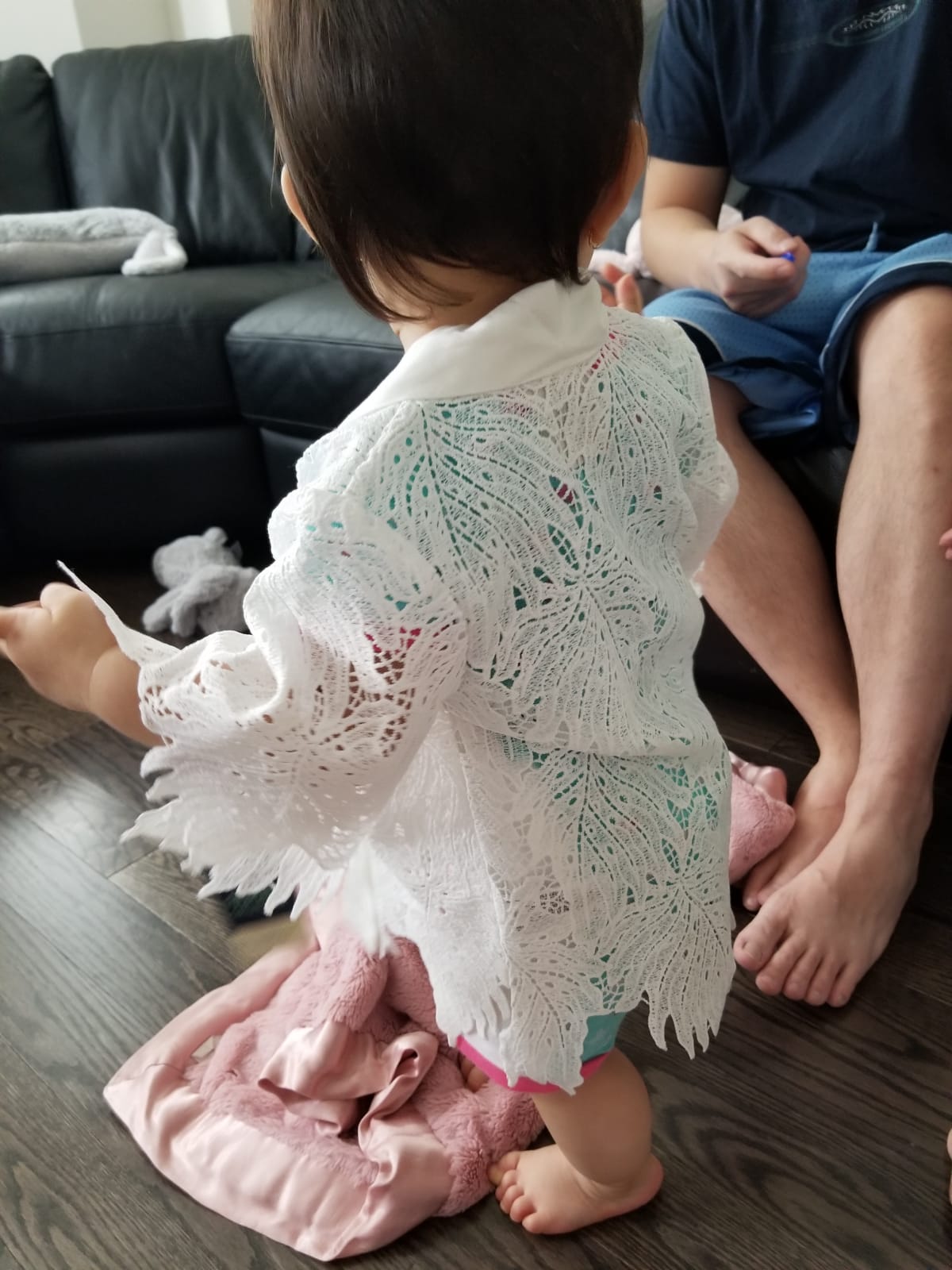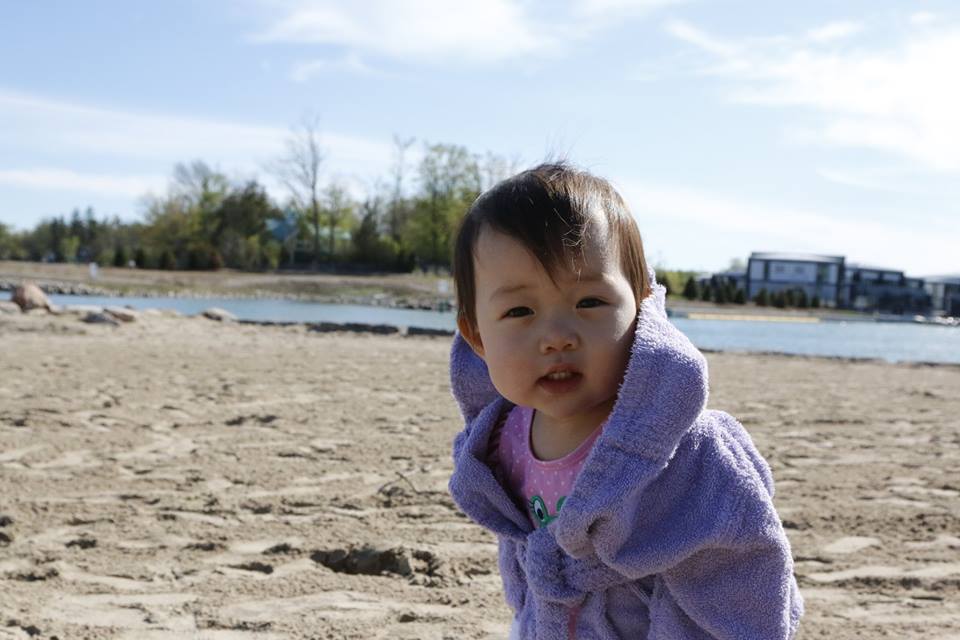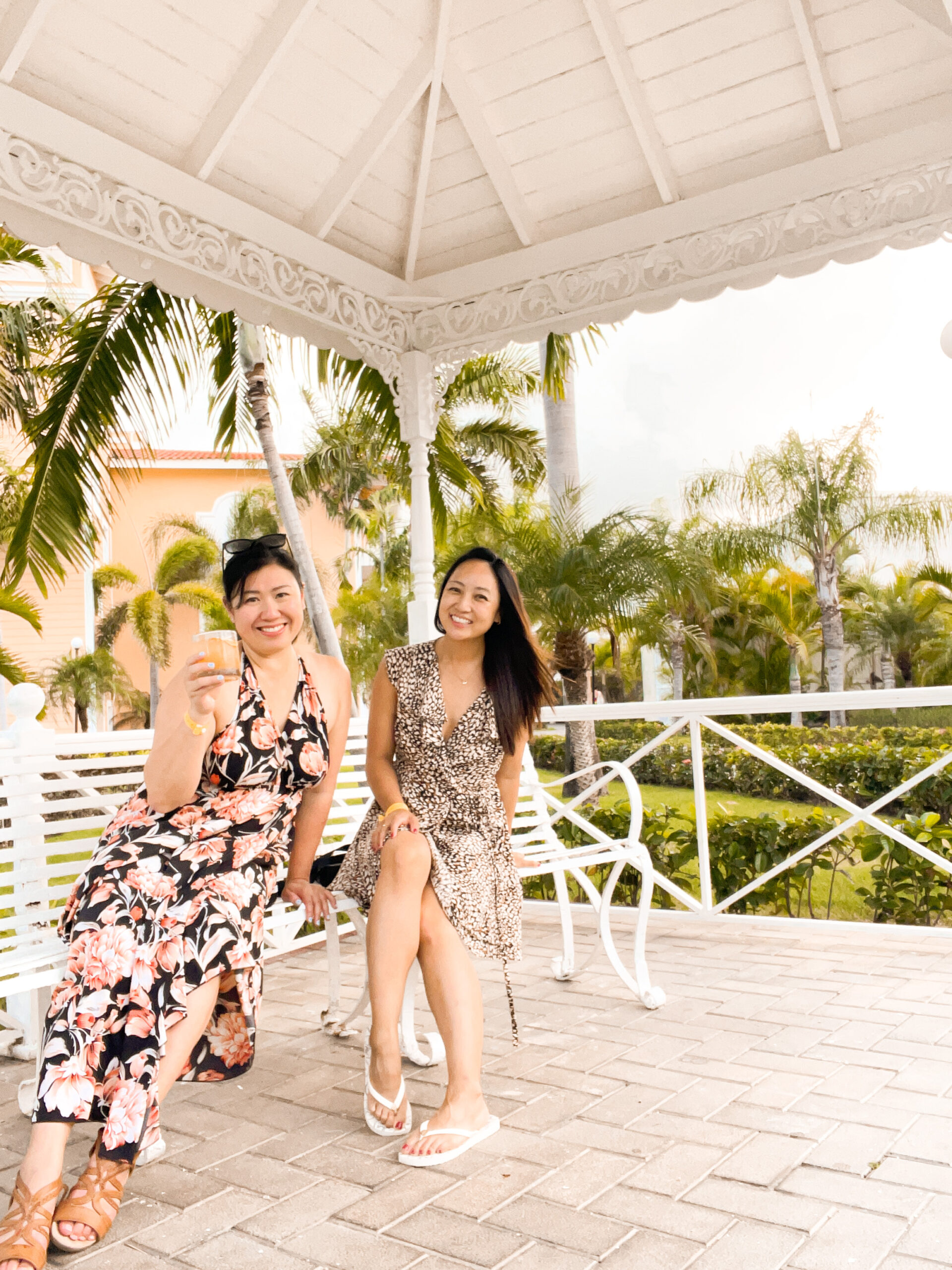Summer is upon us! The season of beach life, picnics, and just enjoying the outdoor life in general. Kids particularly love summer. It is a time of fun, freedom, and adventure. However, too much sunshine could be harmful to your tots’ gentle skin, and you should know how to properly protect them from the sun. Heat exhaustion is another thing you must consider. Visit energyprohvac.com/central-air-conditioning-systems/ to ensure your home is cool for the benefit of you and your children. Drinking plenty of cold water is also a hugely important factor to consider during the hot weather that will be with us for the next few months. Without further ado, I’ll get into how much damage too much sun exposure can actually cause to your children.

Do my kids really need sun protection?
In short, the answer is a resounding yes! We used to believe that sun was actually good for us. There is some truth to that claim. Sunshine does play a vital part in vitamin D production – or UVB rays do, to be precise. Vitamin D is important for strong bones and teeth, mental health, and as cancer prevention. However, unfortunately, the sunshine has become so harmful that risks of sun exposure far outweigh the benefits. Therefore, it is much wiser to use Vitamin D supplements and avoid spending too much time without shade. You could even make your own Vitamin D supplements by purchasing your own capsules which you could fill, although be careful to buy the right capsule sizes – especially if they are for children, as otherwise, they may struggle to swallow them. Kids are even more sensitive than adults, so it’s that much more vital to shield them as much as possible. Bear in mind though, that a whopping 75 percent of both children and adult have a vitamin D deficiency, so supplements are a must.
Everyday precautions
Too much sun exposure can cause multiple short- and long-term problems, such as heat stroke, sunburn, eye damage and skin cancer. Your first measures should be based on common sense. Avoid taking your kids outside when the sun is in its peak – from 11 a.m. to 4 p.m. If you have your own yard, create a safe play space by creating a deep shade. You can do this by covering an area of your yard with a parasol or waterproof Shade Sails, or make the best out of the natural shade provided by trees and plants. If you do need to leave the shade, wear loose fitting, light-colored clothes that cover as much skin as possible. A wide-brimmed hat and sunglasses should complete the look. The best fabric to wear in very hot weather is cotton, as it absorbs sweat which will help you avoid unpleasant rashes. The places that get sunburnt most often are the shoulders and the back of the neck, so try your best to protect them.

I found this at Target. BEST THING EVER.
Sun exposure
If you know your kids are going to be exposed to the sun, be sure to use sunscreen. Use special formulas for younger children as their skin tends to be particularly sensitive. Not only do children under the age of one have very sensitive skin, their cooling mechanism isn’t properly developed yet, so always keep them out of the sun. For older kids and adults, it’s recommended that you use SPF 30 or higher, broad-spectrum, waterproof sunscreen. Don’t forget to reapply it every two hours and every time you’ve been in the water (even if it’s waterproof). Always apply sunscreen at least half an hour before leaving the house.
Proper aftercare
In general, the lighter your child’s skin is, the higher their chances of getting sunburn. Sunburn is unpleasant, even painful, and causes long-term damage as well. If your child has sunburn, always consult their doctor first. Cool the skin gently with lukewarm water while monitoring the child’s temperature. If you feel like your child is burning up, then make sure they stay in a cool room in the house. Having an AC unit can help with this, however, it’s important that you get your air conditioning system checked regularly, by somewhere similar to Castle Home Comfort Heating & Cooling, (https://castlehomecomfort.com/2020/06/01/ac-tuneup/), so you don’t have to deal with a unit that doesn’t work when your child needs it the most. Closely monitoring their temperature is important in deciding what your next step should be. Your doctor or pharmacist might recommend calamine lotion, an aloe vera ointment, or products containing panthenol. The purpose of these products is to promote healing and rehydrate the skin. Just as with sunscreen, always use aftercare products designed specifically with kids’ skin in mind. The adult formula could be too harsh and might end up doing more harm than good.

You will feel much better knowing that your kids are well protected. Enjoy your summer without the sunburn, heatstroke, and other nasty consequences.
Thanks so much for reading,

